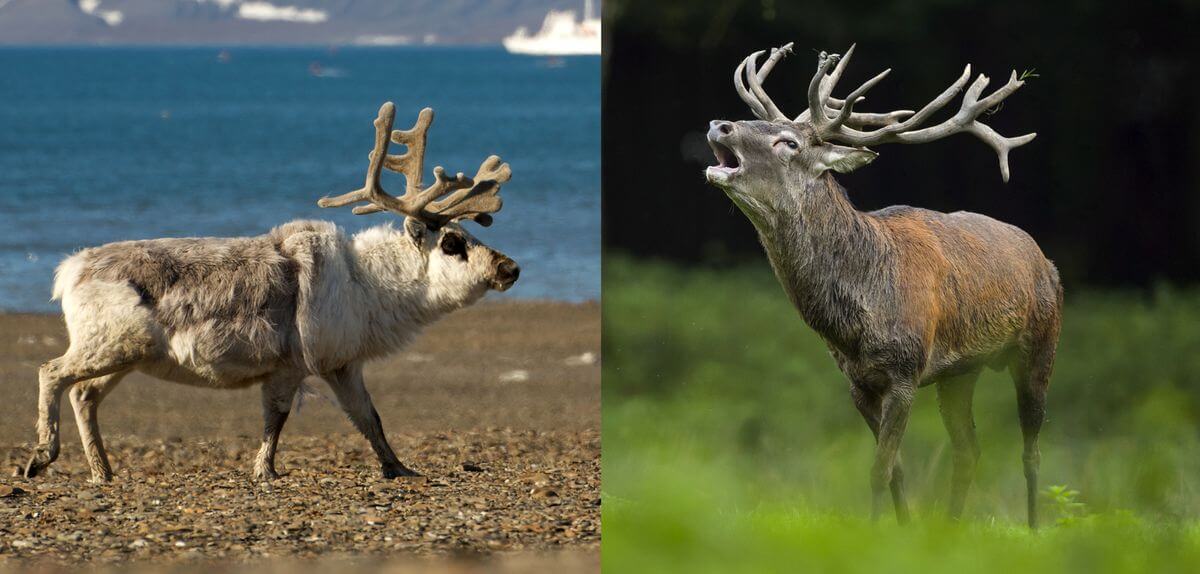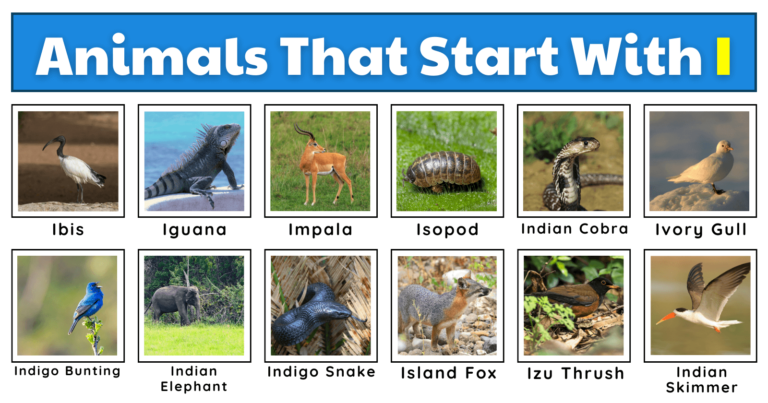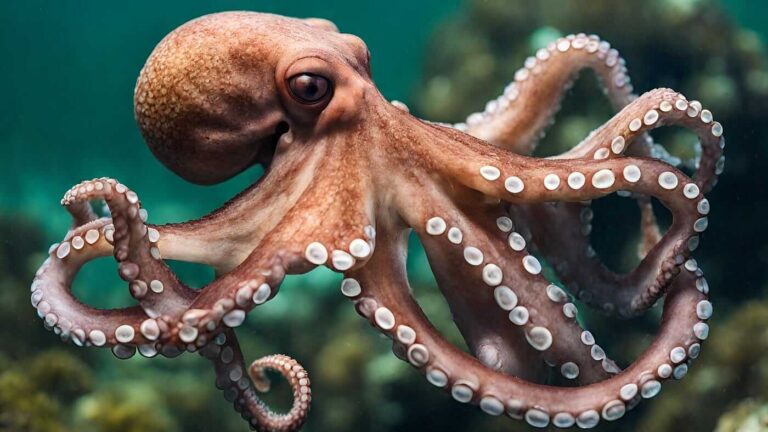Reindeer (Caribou): The Majestic Arctic Wanderer
Reindeer, also known as Caribou in North America, are remarkable creatures that have captured human imagination for centuries, often symbolizing the rugged wilderness of the Arctic and subarctic regions. Revered in folklore and essential to many ecosystems, these animals play a vital role in the natural world and human culture.
Contents
Scientific Classification
- Kingdom: Animalia
- Phylum: Chordata
- Class: Mammalia
- Order: Artiodactyla
- Family: Cervidae
- Genus: Rangifer
- Species: Rangifer tarandus
Physical Characteristics

Reindeer are medium-sized members of the deer family with distinct physical traits adapted to cold environments:
- Size: Adult reindeer vary in size, with males generally larger, weighing between 180-400 lbs (80-180 kg), and standing 33-59 inches (85-150 cm) tall at the shoulder. Females are smaller, averaging 121-260 lbs (55-120 kg).
- Coat: Their fur is thick and dense, consisting of a woolly undercoat and hollow guard hairs that provide insulation. The coat color ranges from dark brown in summer to lighter shades in winter, offering camouflage.
- Antlers: Both males and females grow antlers, which are unique among deer species. Male antlers are larger and can span up to 51 inches (130 cm) wide. Antlers are shed annually and play a role in mating displays and dominance.
- Hooves: Reindeer have broad, crescent-shaped hooves that act like snowshoes, preventing them from sinking into snow and soft tundra. The hooves also change with the seasons, becoming harder in winter to cut through ice for food.
Habitat
Reindeer inhabit the Arctic, subarctic, tundra, boreal, and mountainous regions of North America, Europe, and Asia. They are well-adapted to harsh climates and seasonal changes:
- Range: Their distribution spans Canada, Alaska, Greenland, Scandinavia, and Russia. Migratory populations travel great distances, moving from summer grazing grounds in the tundra to forested areas in winter.
- Climate: These regions experience long, cold winters and short, cool summers, requiring reindeer to have specialized adaptations to cope with extreme temperatures.
Behavior

Reindeer exhibit fascinating behaviors that help them survive and thrive in their challenging environments:
- Migration: Reindeer are highly migratory, traveling up to 3,000 miles (4,800 km) annually, one of the longest terrestrial mammal migrations. They move in herds ranging from a few dozen to several thousand.
- Social Structure: Reindeer are social animals living in groups called herds. Herds are typically segregated by sex and age, with males forming separate groups outside the breeding season.
- Communication: They use vocalizations, scents, and body language to communicate. During mating season, males vocalize to attract females and warn off rivals.
Diet
Reindeer are herbivores with a diet that varies seasonally:
- Summer Diet: They graze on grasses, leaves, herbs, and shrubs. During this time, they build up fat reserves to sustain them through winter.
- Winter Diet: Their primary winter food is lichen, especially “reindeer moss” (Cladonia rangiferina), which they dig through snow to find. They also consume twigs, leaves, and other vegetation they can access.
- Unique Adaptations: Reindeer have a keen sense of smell that helps them locate food beneath the snow, and their specialized digestive systems allow them to extract maximum nutrients from their diet.
Reproduction
Reindeer follow a seasonal breeding pattern that ensures calves are born at the optimal time:
- Breeding Season: Known as the rut, this occurs in autumn (September to October). Males compete for females by clashing antlers and displaying strength.
- Gestation: The gestation period lasts around 230 days, with calves born in late May to June when food is most abundant.
- Calves: Newborns are precocial, meaning they are highly developed at birth. They can stand within minutes and run within hours, which is crucial for keeping up with the herd.
Predators
Reindeer face threats from a range of predators, which vary depending on their geographic location:
- Wolves: The primary predator of reindeer, wolves hunt in packs and target young, sick, or isolated individuals.
- Bears: Both grizzly and polar bears may prey on reindeer, especially calves.
- Humans: Indigenous peoples and other communities hunt reindeer for meat, hides, and antlers, though hunting regulations help manage populations.
Conservation Status
Reindeer populations are diverse, with some herds thriving while others are at risk:
- Status: Reindeer are classified as Least Concern by the IUCN, but some subspecies, like the Peary caribou, are endangered.
- Threats: Habitat loss, climate change, and industrial development pose significant threats. Warming temperatures affect food availability, alter migration patterns, and increase disease risk.
- Conservation Efforts: Conservation strategies include habitat protection, sustainable hunting practices, and monitoring population dynamics.
Interesting Facts
- Adaptations to Cold: Reindeer have a unique nasal structure that warms incoming air and conserves moisture, which helps them survive in freezing temperatures.
- Ultraviolet Vision: Unlike most mammals, reindeer can see ultraviolet light, which helps them detect predators and navigate snowy landscapes.
- Cultural Significance: Reindeer are deeply embedded in the cultures of Arctic indigenous peoples, including the Sami and Nenets, who rely on them for food, clothing, and transportation.
Evolutionary History
Reindeer have a fascinating evolutionary history shaped by Ice Age conditions:
- Origin: Reindeer evolved approximately 2.6 million years ago during the Pleistocene epoch. They adapted to cold climates, developing features that helped them survive glacial cycles.
- Adaptations: Over time, they developed thick fur, specialized hooves, and a high-fat diet that enabled them to thrive in harsh environments.
Relationship with Humans
Reindeer have played a crucial role in human history, particularly in the Arctic:
- Domestication: In some regions, reindeer have been domesticated for thousands of years, providing meat, milk, hides, and transportation.
- Folklore: Reindeer are famously associated with Christmas and Santa Claus, symbolizing magic and generosity.
Conclusion
Reindeer are extraordinary animals with a rich natural history and an enduring connection to human cultures. Their remarkable adaptations to extreme environments, complex behaviors, and critical role in ecosystems make them one of the most fascinating creatures of the northern hemisphere. As environmental challenges mount, the future of reindeer will depend on continued conservation efforts to protect these majestic animals and the delicate habitats they call home.
- Golden Retriever Pros and Cons: What Every Pet Parent Should Know - 15 September 2025
- Cane Corso Dog Breed: Health, Care, and Lifespan - 14 September 2025
- Catahoula Leopard Dogs: Description, Temperament, Lifespan, & Facts - 21 July 2025







